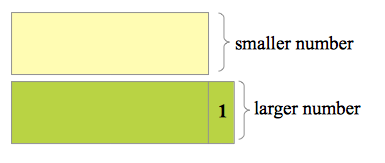Solving Word Problems in Numbers using Algebra Part 3
This is the last part of the Solving Number Problems Series. In this post, we are going to solve number problems in disguise, or numbers problems with different contexts. The previous two parts in this series you may want to read are Solving Word Problems in Numbers using Algebra are Part 1 and Part 2.
Example 7
Jack is twice as old as Rose. Two years from now, the sum of their ages is 40. How old are they now?
Solution
This problem is an age problem but it is very similar to number problems. As stated, there are two points in time: now and 2 years from now.
Now, Jack is twice as old as Rose. That means that if Rose is 15, then Jack is 30. That means that if the age of Jack is , then Rose’s age is
. Therefore, we have the following representation. » Read more
